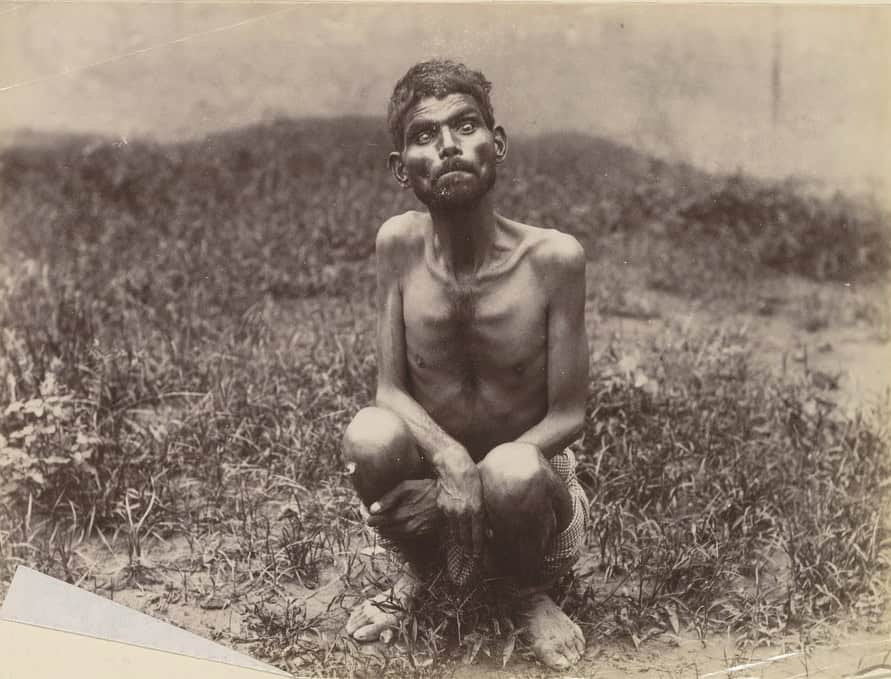
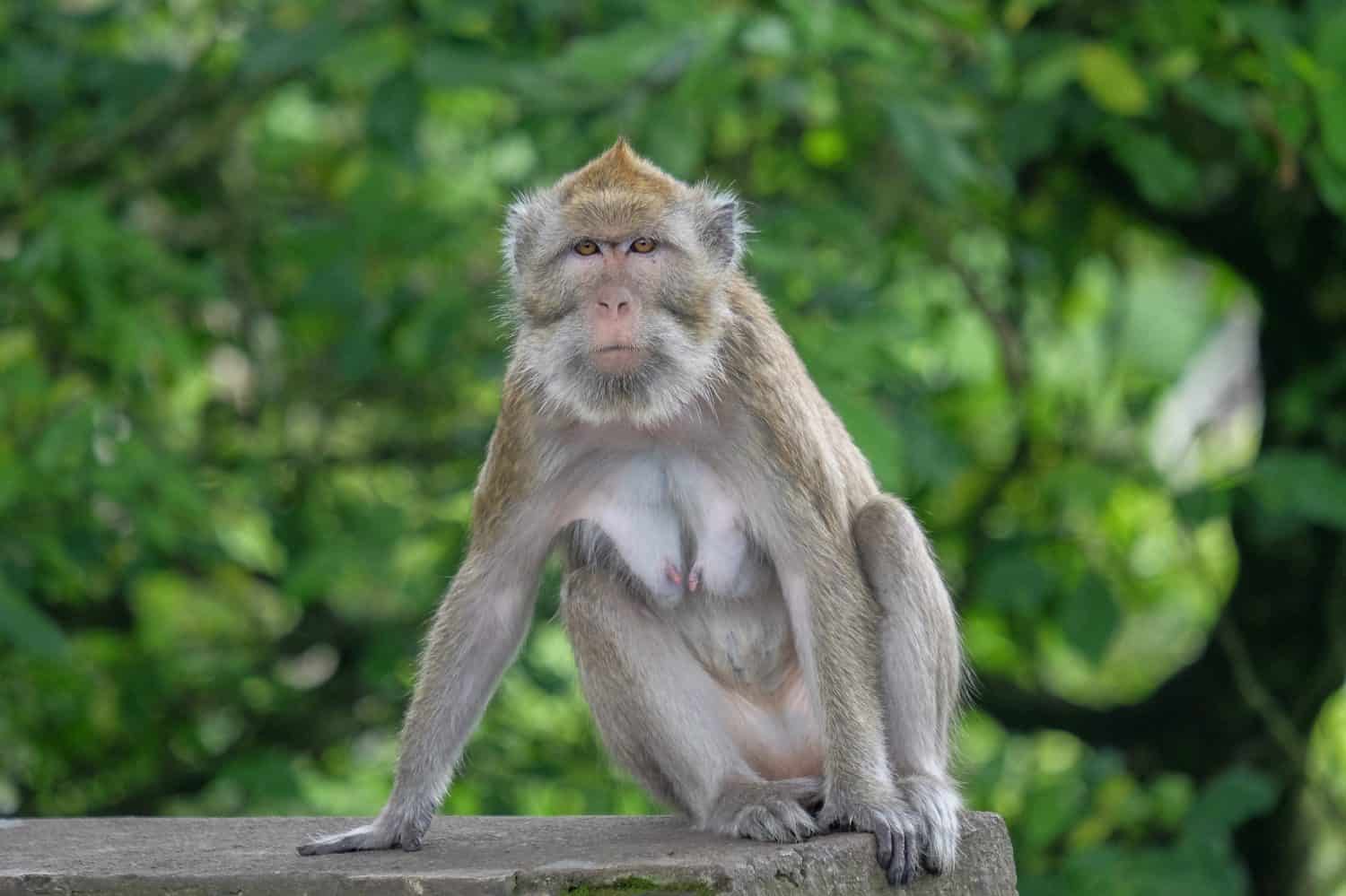
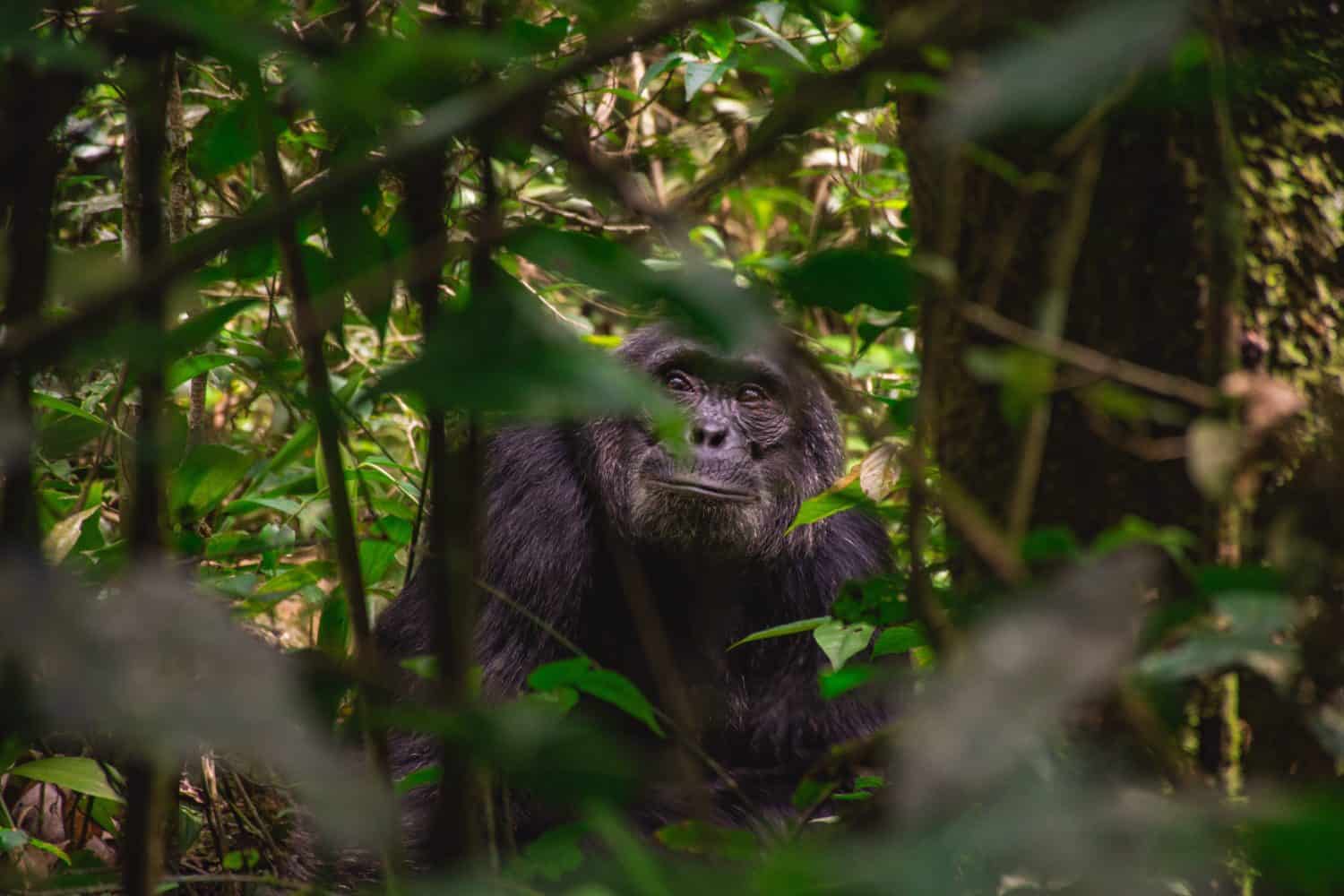

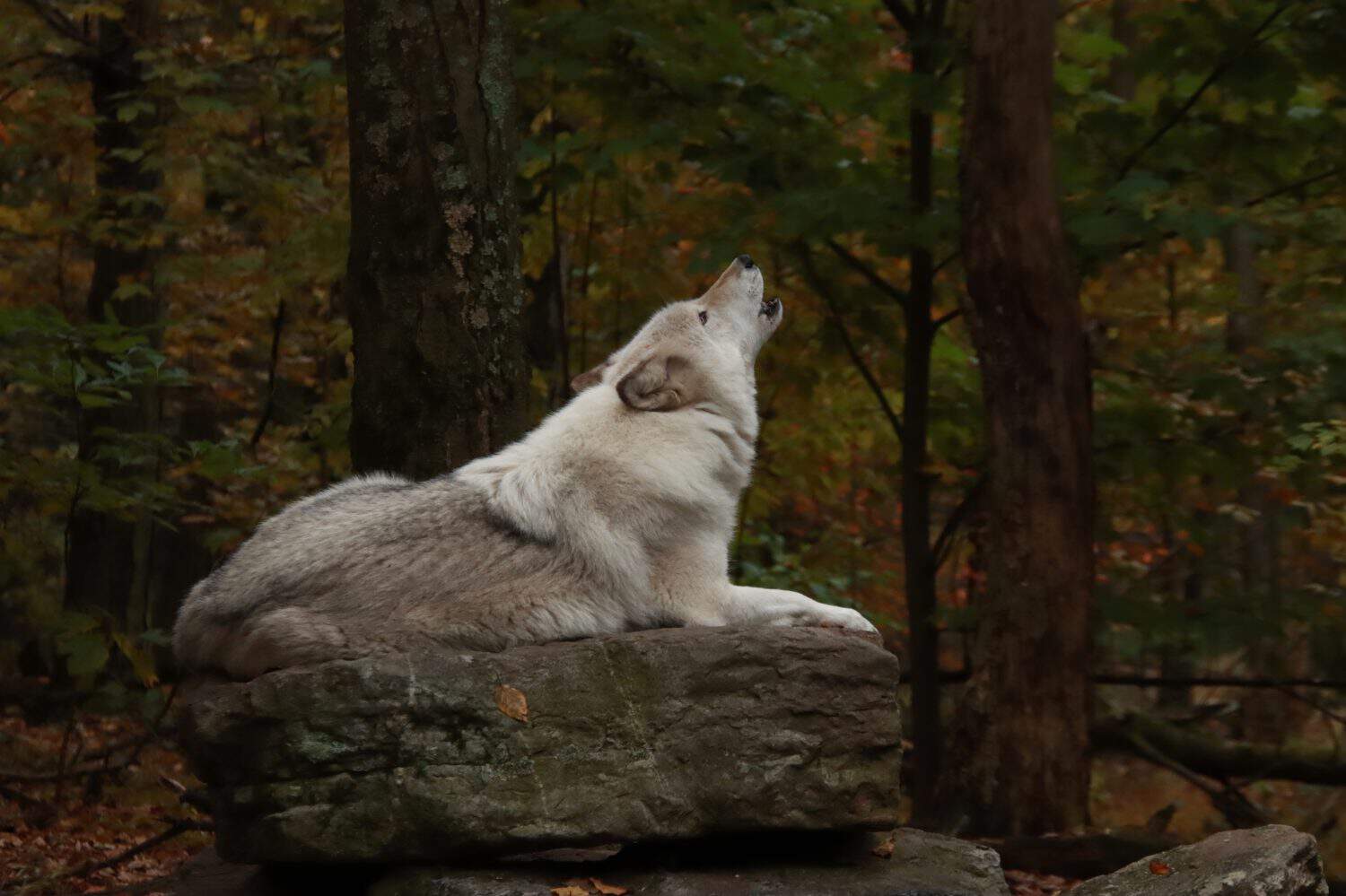
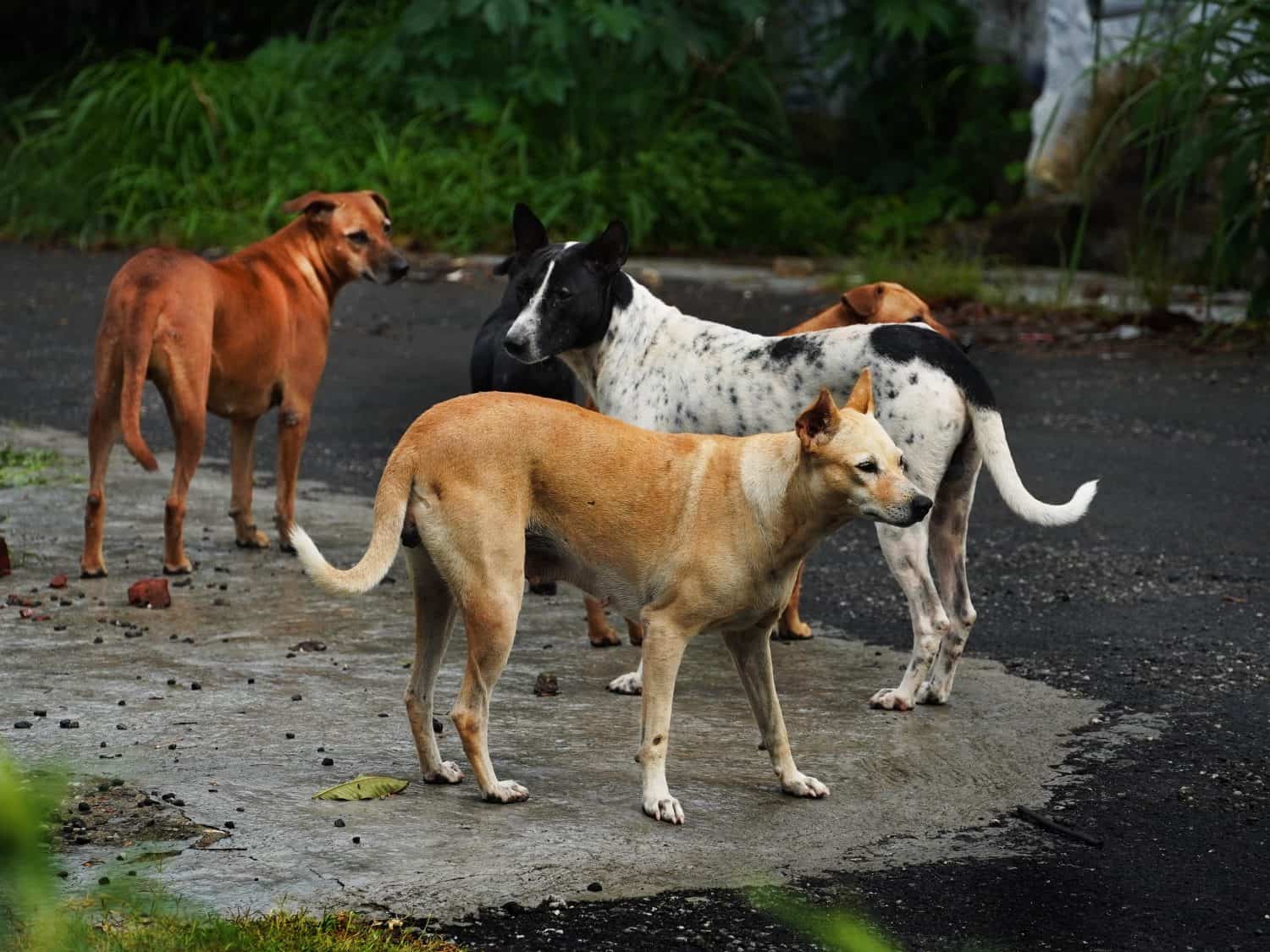
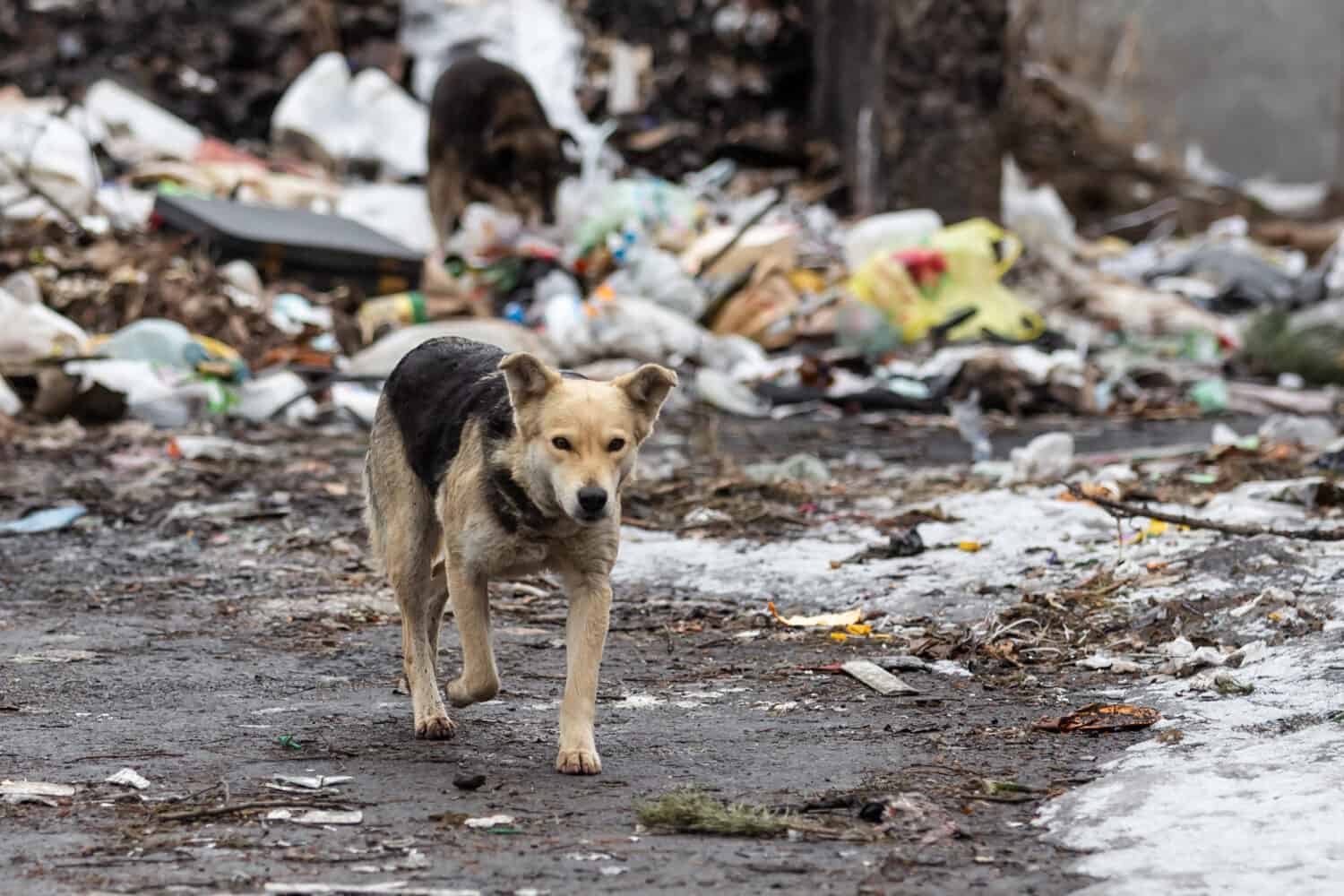



















This Boy Raised by Gazelles Could Run as Fast as Cars
There’s something about feral children that captivates us. For centuries, stories of children left to the care of animals have appeared and captured the public imagination. Even before reliable historical records, folklore and mythological tales of wild children served as important narratives. The origin of the Roman Empire is said to have been twin boys Romulus and Remus, two feral children raised by wolves into mighty warriors, capable of starting a great civilization. While the line between human and animal seems wide, each successive story of feral children thins that line and provides fascinating insights into the nature of humanity.
No matter how you slice it, however, cases of feral children are usually the result of unconscionable neglect, trauma, and often horror. While some of the children on this list managed to survive vicious circumstances like civil wars or family murders, others were forced into a feral life through extreme neglect. It’s a hard life. Plus, only a few feral children can reenter the human world. Nevertheless, such stories illustrate the determination of the human spirit, one capable of enduring unimaginable hardship. Let’s explore some of the most fascinating feral children's stories in history.
To compile an article about feral children from around the world, Moms Who Think consulted a range of news, entertainment, and historical publications including The Guardian, History.com, and Britannica.com. Next, we selected clear cases of feral children with sources confirming their veracity. After that, we authenticated the stories using sites like NPR and The Guardian.
Marina Chapman
Marina Chapman was born in Colombia during a time of great social upheaval and unrest called La Violencia. At an early age, guerillas kidnapped Chapman from her village before dumping her deep in the jungle. According to her, she spent several years following a group of Capuchin monkeys, learning their habits, and eventually assimilating with the group. When hunters rescued her from the jungle, she lacked any human language. After that, she was sold to a brothel in Cúcuta but was quickly freed since she was so feral.
From there, she roamed the streets, before becoming enslaved again by a mafia family. Not long after, a neighbor rescued her from slavery, adopted her at age 14, and sent her to live with family in Bradford, United Kingdom. She lives a normal life there, married to a scientist with two daughters. Her claims of being raised by monkeys divided researchers. Some performed tests that suggested she told the truth. Others, however, believe false memories influenced Chapman. Whatever the case, her store reached wider attention through a National Geographic documentary called “Woman Raised By Monkeys.”
John Ssebunya
After his father killed his mother in a brutal double murder, 3-year-old John Ssebunya fled into the Ugandan jungle fearing he would be next. As Ssebunya recalls, a few monkeys approached him a few days later. At first wary of the small human, the monkeys began bringing him food like nuts and sweet potatoes. After about two weeks, they assimilated him into the group, teaching him to travel with the pack, climb trees, and forage for food. Since Uganda was in the midst of a civil war, humans seldom entered that patch of jungle. For about a year, Ssebunya lived with the monkeys, though he remembers never being able to sleep well.
Eventually, a woman named Millie traveled farther into the bush than normal and came across a pack of monkeys with a small human. At first frightened, she grabbed Ssebunya and brought him back to her village. By all accounts, Ssebunya was wild. He refused eye contact and could only speak monosyballically. Despite his setbacks, Ssebunya made a notable recovery. After being adopted by an orphanage, he joined the Pearl of Africa Children’s Choir and even competed twice in the Special Olympics for Uganda.
Dina Sanichar
One of the most remarkable accounts of feral children is that of Dina Sanichar. In February 1867, a group of hunters discovered him living among wolves in a cave near Bulandshahr, Uttar Pradesh, India. Believed to be around six years old, the hunters sent Sanichar to an orphanage in Agra where he lived for the next two decades. Since he arrived on a Saturday, the caretakers named him Sanichar (which means Saturday).
Sanichar must have spent most of his life in the wolf den as he walked on all fours and would only eat raw meat. Though he lacked human language, he could howl and bark in ways eerily similar to a wolf. He lived with humans for the rest of his life but never learned to speak. Surprisingly, he took up human habits and became a heavy smoker. He died at age 34 from tuberculosis. Some believe Sanichar served as the inspiration for the character of Mowgli in Rudyard Kipling’s “The Jungle Book.”
Marcos Rodríguez Pantoja
When Marcos Rodríguez Pantoja was 3 years old, his mother died in childbirth. His father married another woman with a previous child. Unfortunately, she abused Pantoja severely. He spent years under her cruel authority until she sold (or delivered) him to a landowner who gave him to a goatherder. When the goatherder died, Pantoja was left to nature. Eleven years later, The Spanish Civil Guard found him in the company of wolves. Feral, he howled like a wolf at the guards and bit them.
The Civil Guard brought him to a nearby hospital. Thanks to the teaching of nurses and priests, Pantoja learned human habits like walking upright, speaking, and using cutlery while eating. When he aged out of the orphanage-like environment, Pantoja entered military service before working in the hospitality industry. While competent, his years in isolation and lack of cultural sense led to him being scammed out of money on several occasions. This caused him, at one point, to move back into a cave. Eventually, he made his way to a village in Ourense, Spain. There, a retired police officer befriended him and incorporated him into his family. Pantoja is still alive and under the care of a Dutch family. Thanks to their sponsorship, he takes part in speaking engagements and meetings depicting his unbelievable story.
An anthropologist named Gabriel Janer Manila studied his case back in the 70s. After a series of interviews, Malina concluded that Pantoja survived thanks to his wits, but the chaos of city life instilled an adult preference for wild places like fields and forests.
Oxana Malaya
It’s hard to argue that feral children suffer extreme trauma early in childhood. Take Oxana Malaya, for example. Born healthy in 1983 near the Hornostaivka Raion in Southern Ukraine, Malaya was neglected severely by her alcoholic father. Gradually, she began living with dogs and eventually assimilated into the pack. Authorities found her in this state at 7 years old and removed her from her parent’s custody. She barked, walked on all fours, and groomed herself like a dog.
The state then put her in the care of a foster home for mentally-impaired children. After years of specialized therapy, Malaya quelled her canine behaviors and even learned to speak fluently. Upon reaching adulthood, she got a job milking cows and even a boyfriend.
Despite her progress, Malaya remains intellectually impaired from her early childhood experience. Since then, numerous television programs have documented Malaya’s unique case. During a 2013 interview on Ukrainian TV, she said she wants to be treated like a normal human being and takes offense when called “dog girl.”
Ivan Mishukov
When Ivan Mishukov was four years old, he left his home in Reutov, Russia to escape the clutches of an abusive mother and her alcoholic boyfriend. While wandering the streets he found a pack of dogs. First, he gained their trust by giving them food. In response, the dogs eased up around him and eventually protected him within the pack. According to Mishukov, he grew into the role of alpha or the pack leader.
In 1998, Moscow police found Mishukov wandering the streets with the dogs. Three separate times they attempted to catch him, but he escaped and was defended by his pack. Finally, the police captured him by leaving food bait outside a restaurant kitchen. He was six years old, and could barely speak. Luckily, his short time in a feral state allowed him to make a full recovery.
Now an adult, Mishukov speaks Russian fluently and has given several interviews about his experience on Russian and Ukrainian television. He even attended military school and served in the Russian Army. His remarkable story served as the inspiration for several stories including Eva Hornung’s 2009 novel “Dog Boy.”
Traian Căldărar
In February 2002, Manolescu Ioan, a Romanian shepherd was forced to walk through the forest after his car broke down. During his walk, he came upon a large cardboard box with a severely malnourished, naked child inside. He immediately took the boy to the hospital.
Unable to speak, growling like a dog, and walking on all fours, the boy’s story captured the public imagination and was broadcast across the country instantly. Not long after, a woman named Lina Caldarar came to the hospital and claimed he was her son. Despite their skepticism, hospital workers let her into the boy’s room. Upon seeing her, the boy said “Lina mom”.
According to her, the boy was 7 years old and named Traian. Years previous, she ran away from her abusive husband but he would not allow her to take her child. Sometime later, Traian ran away as well. It’s hard to say what took care of Traian during those three years, but doctors believed feral dogs that roam the Transylvanian forest took him in, given his way of eating and growling. After being treated for rickets and malnourishment, Traian made a remarkable recovery. He now attends school and is, by all accounts, a normal boy.
Irish Sheep Boy
One of the most astounding stories of feral children comes down to us from a 17th-century medical book by Dr. Nicolaes Tulp. In it, Tulp describes the case of an Irish sheep boy. In 1672, a teenage boy was found trapped in a hunter’s net amidst the southern Irish hills. Presumed to have run away from home as a child, the boy had taken to living with various herds of wild sheep and had been seen by eyewitnesses several times before his capture. Despite subsisting on a diet of hay and grass, the boy appeared muscular, strong, and nimble.
The sheep boy eventually made his way to Amsterdam, Netherlands. There, he came under the care of Dr. Tulp who wrote down his account. Since he was unable to speak any human language, he expressed himself through sheep-like bleats. Despite the doctor’s care, he failed to progress much over the years, preferring grazing foods and enduring extreme temperatures to interacting with humans.
According to a well-known feral children researcher, Dr. Serge Aroles, the boy was likely extremely disabled and at some point in Amsterdam, put on display for money. While it's a remarkable, if tragic story, it’s hard to separate fact from fiction in the older accounts of feral children. Indeed, various sources seem to embellish the Irish sheep boy story as time goes on.
The Bamberg Boy
The early 1600s were a time of great unrest and ideological chaos in the southern Bavarian region of Germany. Plagued by famine, widespread crop blight, and still reeling from a severe defeat at the hands of the Holy Roman Empire, the region desperately looked for a scapegoat. They found it in the form of witches. In the town of Bamberg, Prince-Bishop Johan Georg Fuchs von Dornheim led the persecution and eventual execution of between 500-1000 alleged witches.
One of the executed “witches ” was Gretchen Brandt. When the authorities came to take Brandt away, they left behind her toddler-age son named Richard. Forced to fend for himself, Richard wandered the wild before falling in with a herd of cattle. For eight long years, Richard somehow survived amidst the cows, eating berries, dandelions, and even cow dung. When people found Richard around the age of 10, he could not speak and his skin was dry and a pallid grey in shade.
From there, Richard passed between families before being taken to the court of the Bamberg Prince. His feral behaviors continued unabated, however. These included running on all fours, grunting, and chasing dogs around the palace. Since it was so long ago, it’s hard to pinpoint exactly what happened to Richard. Some sources say he never grew out of his feral state. Others, however, suggest Richard eventually integrated into human society and even married.
The Syrian Gazelle Boy
Sometimes, children spend so long in a feral state that even round-the-clock care can’t prevent them from returning to the wild. Take the Syrian Gazelle boy, for example. In 1946, soldiers from the Iraqi Army saw a boy running with a herd of gazelle deep in the Syrian desert. Despite being so thin, the boy appeared strong. Furthermore, he was remarkably fast and agile. According to eyewitnesses, he kept up with the gazelle easily, which means he could run at supernatural speeds of 32-24 mph.
The soldiers captured him and took him into custody. No one knew how long he was out there, but it was long enough for him to adopt the frenetic, prey-like habits of gazelles. He constantly twitched his muscles and careened his ears at the slightest disturbance of noise. Much like a gazelle, he remained in a constant state of alertness, even in sleep.
Unable to cope with human ways of living, the boy soon escaped custody and returned to his gazelle family. Though soldiers recaptured him, he didn’t stay long. He escaped once more, and this time for good. After disappearing back into the Syrian desert, he was never seen again.
Saturday Mthiyane
Sometime in 1987, residents of Sundumbili in KwaZulu-Natal, South Africa found a boy near the Tugela River playing with monkeys. Aged about 5 years old, the boy couldn’t speak but could easily climb trees and rooftops. Immediately, he showed a penchant for fruit, especially bananas. After being taken to a nearby police station, the boy was put under the care of Ethel Mthiyane Special School for the disabled. In a bit of synchronicity, the boy was named Saturday as that was the day he was found, much like the previous entry Dina Sanichar.
He spent years at the special school but failed to progress much in terms of human sensibilities. While he managed to learn how to walk upright, he could never speak. Even with years of speech training, and a comprehension of what was said to him, he never responded. Interestingly, Saturday never got sick during his time at the school, and caretakers believed he somehow developed a natural immunity from his years in the wild.
Despite being in the company of fellow children for years, Saturday remained very possessive and standoffish. Often, he would resort to violence if he didn’t get his way. He also never ate cooked food or meat. Tragically, Saturday was killed in a fire in 2005.
Vanya Yudin
Not all feral children live in the wilderness. Some endure such severe forms of neglect they go feral in their own home. The case of Vanya Yudin in Russia is as tragic and horrifying as it is fascinating. Sometime in 2008, social workers were called to a house. There, they found 7-year-old Vanya Yudin, confined to an aviary-like room full of both domesticated and exotic birds. The room was in terrible condition, packed to the brim with birds as well as bird food and excrement.
As for Yudin, when social workers attempted to communicate with him he could not respond in words, he could only chirp and flap his wings much like his bird companions. By all accounts, Yudin spent most of his life in that room, which was in a small, two-room apartment. Though his mother also lived in the apartment, she neglected him in unconscionable ways. She reportedly never spoke to the child and treated him much like her pet birds.
After being found by social workers, Yudin was sent to an asylum. There, he received round-the-clock care in hopes he would become more “human.” After that, he moved to a psychological care center to further integrate him into society. Despite the case happening less than two decades ago, scarce information exists on the internet regarding Yudin’s fate.